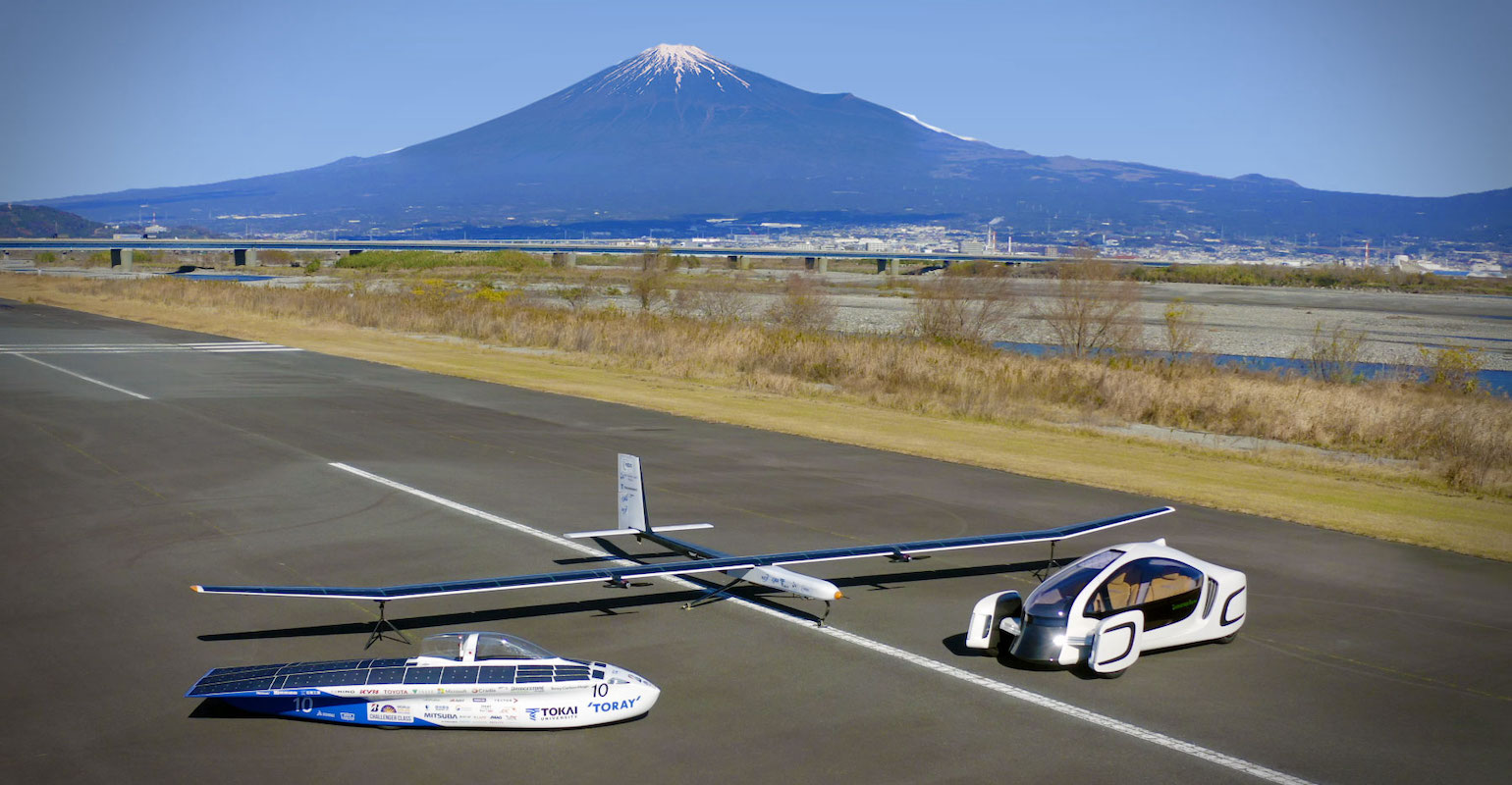
Toray Debuts Flexible, Adaptive Prepreg System

Toray Composite Materials America Inc., a supplier of carbon-fiber materials and advanced composite prepregs, has introduced Toray 2700, an epoxy-based high-performance system employing patented resin technology and geared toward emerging aerospace programs. It reportedly satisfies stringent aerospace structural design drivers and enables the manufacture of high-quality, high-volume, cost-effective composite parts.
This flexible and adaptive material is said to be ideal as emerging aerospace programs transition from prototype to high-volume production. “We have listened to our customers and the focused needs of their production systems. With the new 2700 family of products, Toray is introducing a simplified solution that meets the high demands of both performance and process flexibility,” said Timothy Kirk, Vice President of Aerospace Sales. “This system not only performs well in low-volume environments, but it is also highly adaptable for automation and other high-rate production processes. We are excited to deliver this new value to our customers.”
The 2700 prepreg system is suitable for applications where parts are exposed to high-heat and high-humidity environments since it is specifically engineered for heat resistance and low moisture absorption. It accommodates flexible cure temperatures (250 to 350°F/121 to 177°C) and satisfies aerospace structural drivers such as compression properties.
Final product configurations of 2700 include combinations with various Torayca unidirectional carbon fibers and other woven carbon or glass fibers. This prepreg is drapable and press cures in less than five minutes, enabling the rapid production of parts with complex geometries. It provides low void content and excellent all-around structural properties, said the company.
Toray 2700 can be used in compression molding of high-volume small parts such as aircraft clips, molded brackets, and wing ribs, while larger parts may be processed via out-of-autoclave (OOA) and vacuum bag only (VBO) processes. Other suitable processing methods include automated tape laying (ATL), automated fiber placement (AFP), and hand layup.
“Most prepregs are designed around a specific process, then stretched beyond their capability to accommodate other processes. This prepreg will allow emerging aerospace programs to start with hand layup and oven cures, then progress to higher volumes with AFP/ATL and compression molding, all while using the same material. This is a game-changer for the aerospace market,” said Nate Monroe, Market Sector Manager for Urban Air Mobility.

Leave a Reply